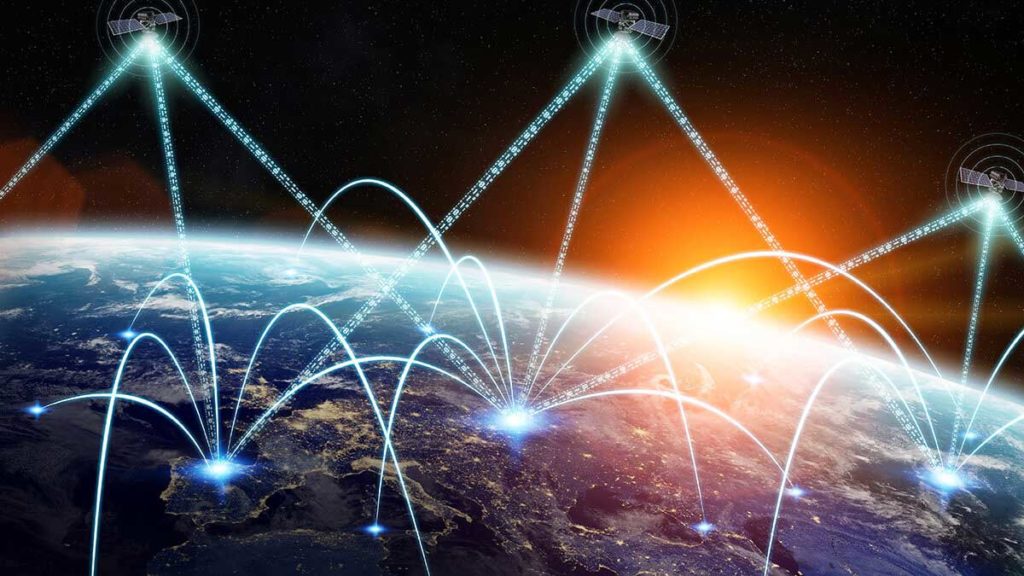
Today, we are able to connect our phones in any country. Roaming facilities are rapidly evolving in terms of both infrastructure and price. As an example, if you live within the EU, you can travel around other EU countries and not be charged extra by your service provider. We now have more network coverage than ever before and the world’s 5 billion mobile subscribers are able to travel to most places without worrying about connection. However, there are still places that do not have sufficient connectivity and this is where roaming reaches new heights… Literally.
Two companies are now competing in a new space race to beam internet connections from their own satellites in space to a person’s mobile phone, here on planet earth. Mobile subscribers will be able to go from land networks to a space network automatically. This can be from a remote location in the middle of the desert or during a crisis or humanitarian disaster. People will stay connected to the operators constantly with no service outage or gaps in network coverage.
Millions of dollars are currently being invested to enable these companies to revolutionize the mobile industry.
Companies AST & Science and Lynk – with international partners – are currently in the process of developing space-based cellular broadband and network facilities that will be accessed by the average smartphone.
AST & Science will provide connectivity at the speeds of 4G and 5G around the world, whether it is on land, at sea, or, in flight. Even before their launch – no pun intended, it is rumoured that global telecoms companies such as Japan’s Rautken and Vodafone Group are on board. The satellites – known as SpaceMobile – will operate with low latency and in low earth orbit (LEO) and will wipe out gaps in coverage that mobile subscribers face. SpaceMobile will be able to connect to any mobile phone in any location – even buildings.
The team at AST have already tested the technology via their Satellite, the BlueWalker1 which was launched in April 2019. The new satellite is currently being manufactured by a Lithuanian company in an AST & Sciences facility in Texas.
The group will launch the satellite in the next few years but operators will decide when the services will start.
Competitors Lynk have a slightly different product but a similar business model as AST & Science. The company will sell space mobile airtime to operators under a wholesale business model and then operators and telcos will offer the connectivity to their customers under new plans. SpaceMobile will offer data and mobile broadband whereas Lynk will focus on voice and messaging in the initial stages and then move onto data.
Currently, Lynk has around 24 mobile operators on board. They have been testing transmissions from satellites to existing GSM phones in the 700MHZ to 900MHZ range. Their 4th prototype made its way to the International Space Station aboard a resupply ship. ISS astronauts are scheduled to attach Lynks satellite prototype. They are scheduled to transmit test signals from May to November of this year. Their intention is to start a constellation of satellites – in the thousands – but to begin with, will start with 30 small ones. Lynk have not yet announced when they will begin to use the satellites for commercial use.
Referring to the SpaceMobile Model, CEO of Vodafone group, Nick Read said, “We believe SpaceMobile is uniquely placed to provide universal mobile coverage, further enhancing our leading network across Europe and Africa – especially rural areas and during a natural humanitarian disaster.”